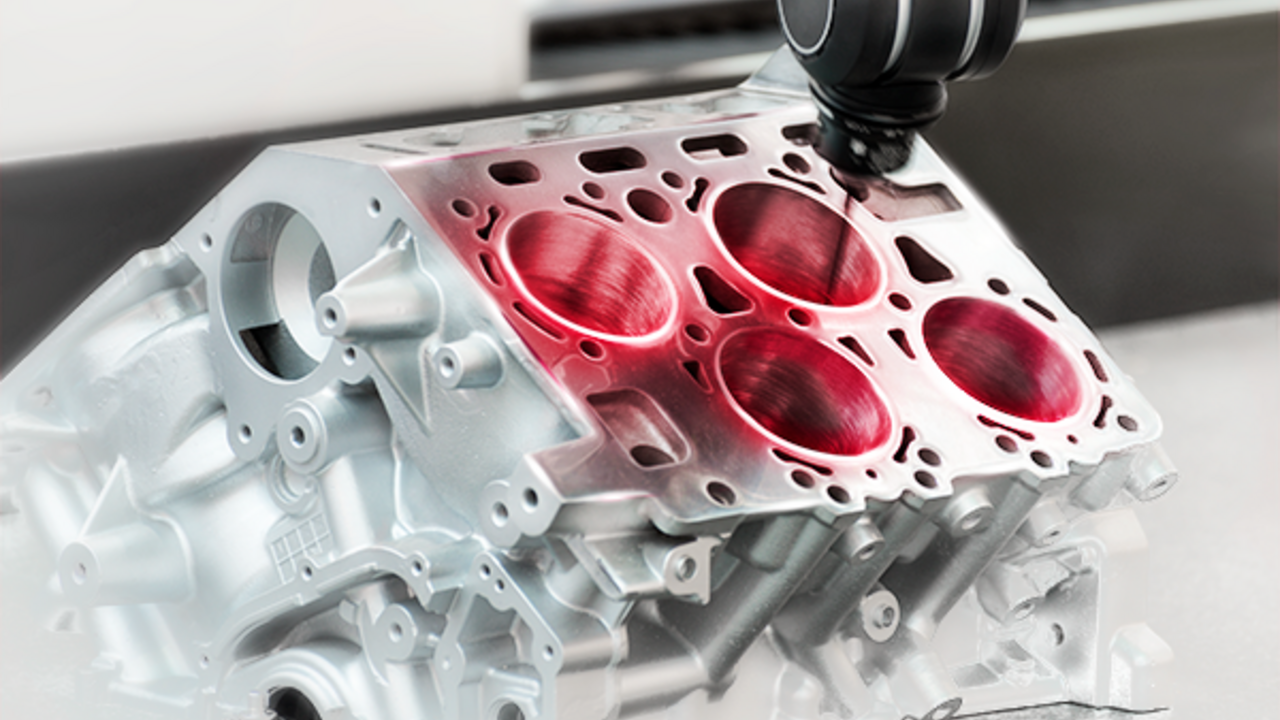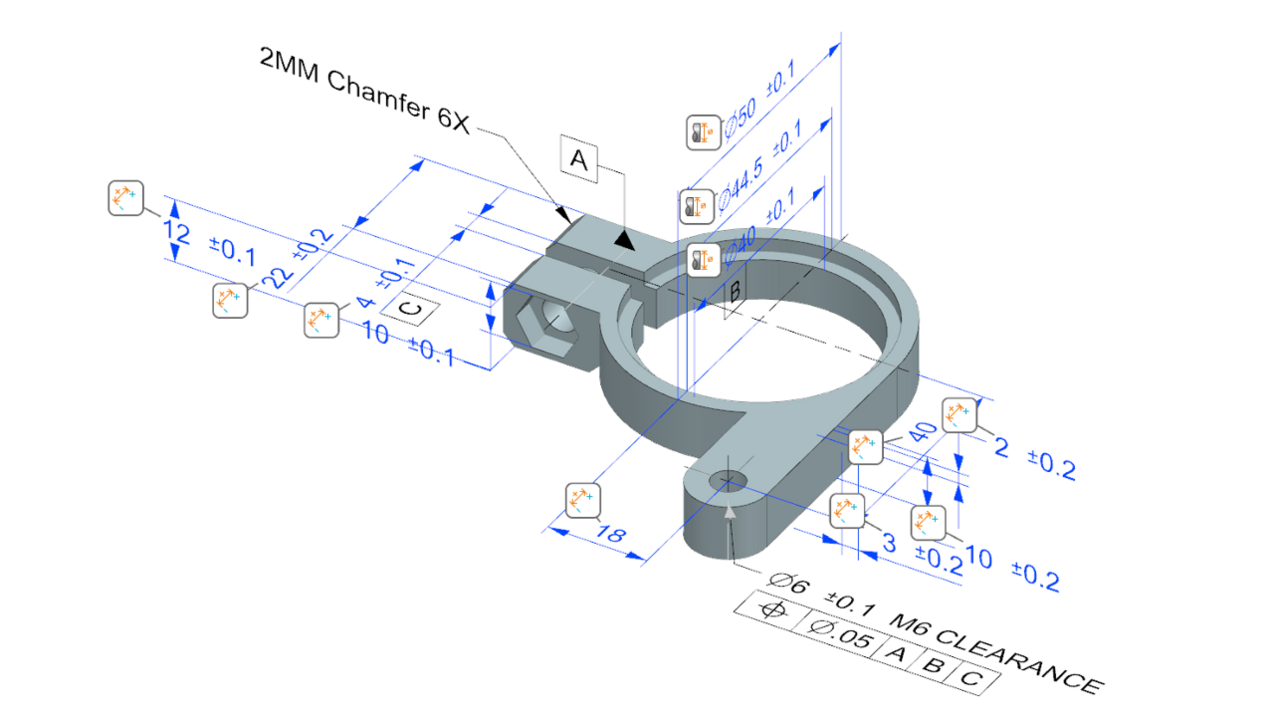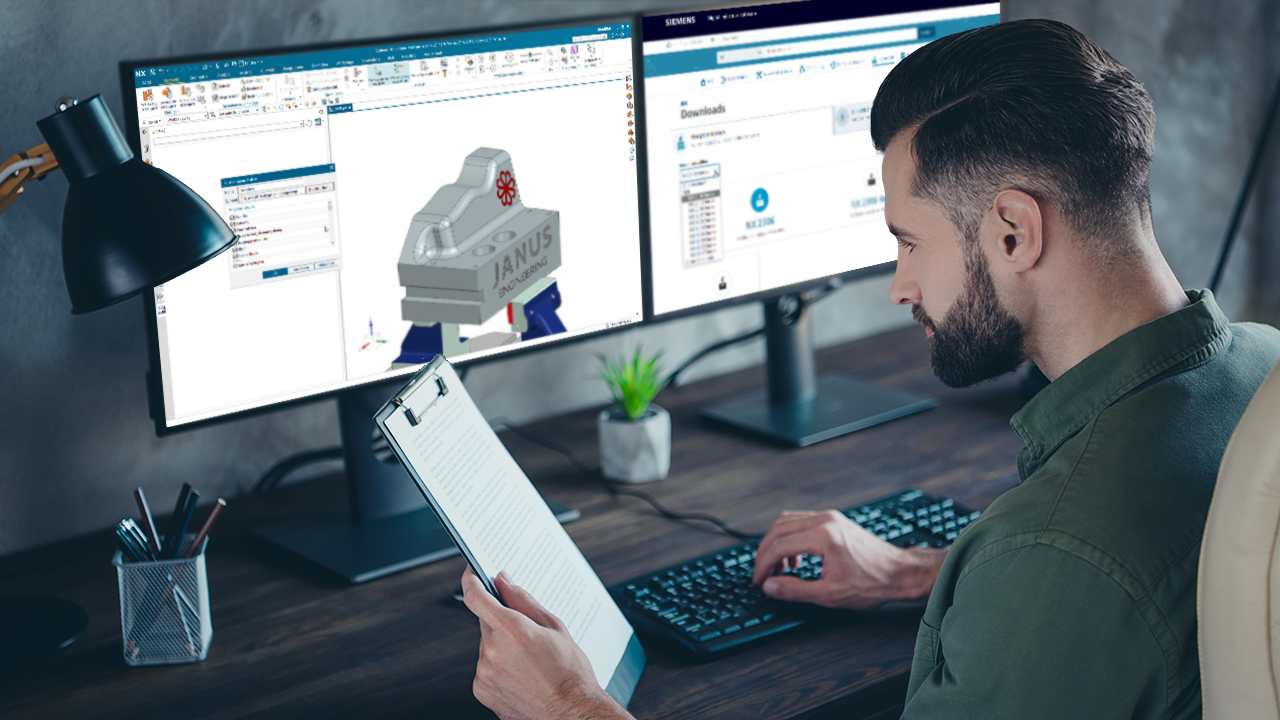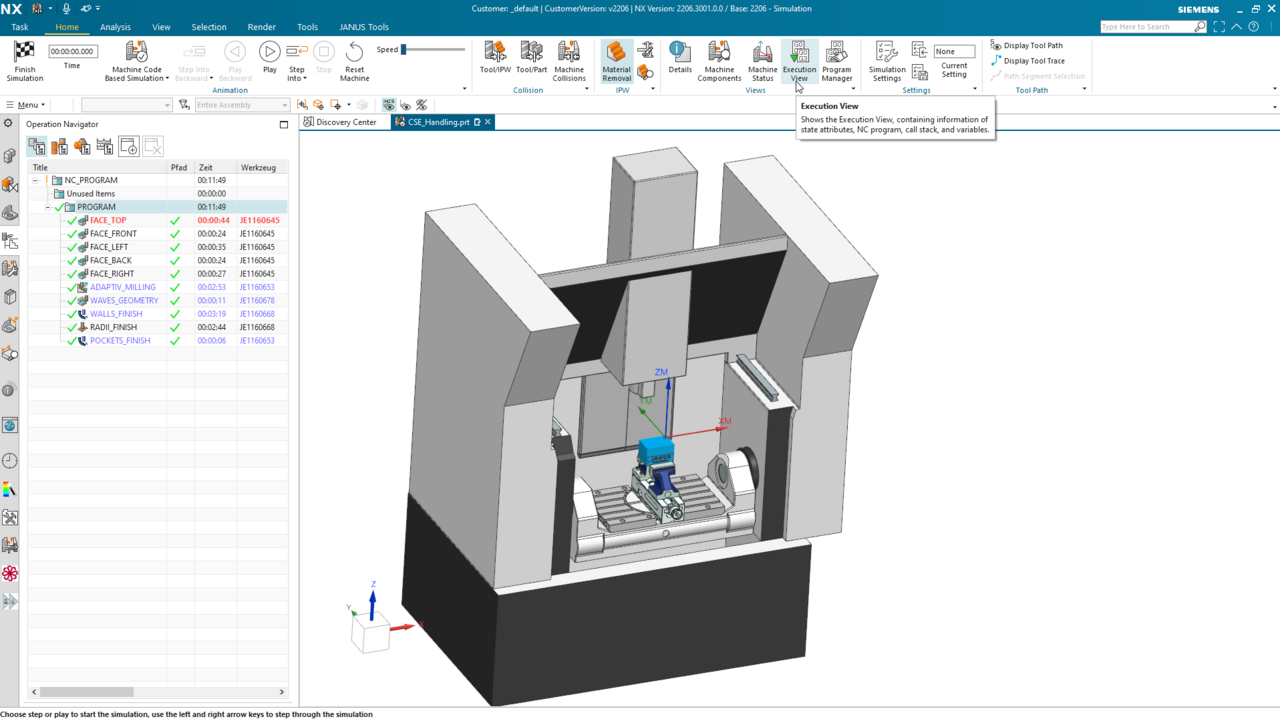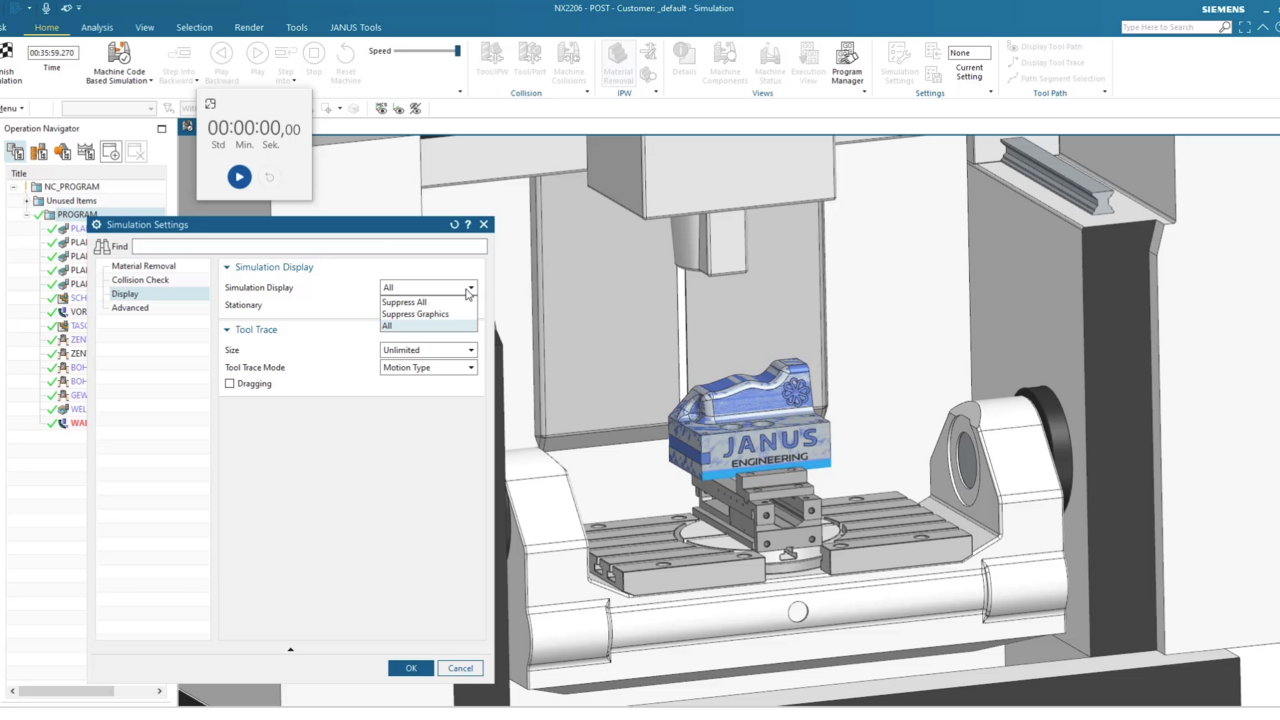Digital manufacturing requires the machine and CAM software to be linked to each other. One of the greatest challenges in this process is to translate the virtually generated toolpaths into a safe and tested "language" that can be interpreted by the machine. This is where so-called Post Processors (PP) come into the game, acting as a link between CAM software and the machine. They are often regarded as mere interfaces, but this does not do justice to their potential for optimizing and automating manufacturing processes.
Post Processors: More than just converting toolpaths into coordinates
How a postprocessor helps optimise manufacturing processes

Over the past few decades, the manufacturing and production landscape has changed and expanded significantly. Today's workpieces and components are more complex and challenging than ever before. The secure conversion of manufacturing data from the CAM system into machine language and its validation to avoid errors, makes a Post Processor a crucial connector with a lot of potential.

A Post Processor, also called PP, is a computer program that converts the results of a Computer-Aided Manufacturing (CAM) program into a format of an electronic process (here called Computerized Numerical Control, CNC) for controlling machine tools. (Source: de.m.wikipedia.org) |
The potential of a Post Processor

A Post Processor is able to offer much more than just translating graphical toolpaths into coordinates, motion and control commands for a machine tool.
Its potential is multifaceted and above, it contributes to the automation and optimization of manufacturing in several ways.

- Preparing complex information: PPs can prepare and provide complex information that are required for the manufacturing process. For example, tool and process data can be automatically extracted via integrated functionalities and inserted into configurable lists or files.
- Standardization: Post Processors enable consistent programming by ensuring that the individual steps of the manufacturing process are repeatable. This minimizes for example programming errors and increases the production quality.
- Error reduction: In addition, a Post Processor reduces the risk of errors that can occur during manual programming on the machine. Furthermore, a PP in combination with a machine simulation can detect and eliminate and avoid errors and collisions in advance, before the real production.
Post Processors as a base for realistic Machine Simulations
The simulation mentioned in the last section is an important factor in the potential of a Post Processor. This is because a PP provides important information for the internal simulation or prepares it accordingly. The integrated simulation in the CAM system of Siemens NX, for example, is based on the generated NC code. In addition, a file can be generated which - as on the real control - contains valuable information on the tools and zero points used. This allows detailed and realistic simulations to be mapped, making the processes on the real machine safer and avoiding unnecessary disruptions as well as costs.
Post Processors as a knowledge database

Moreover, the PP makes it possible to bind know-how and preserve it for future specialists, since, for example, customer-specific and process-relevant structures of the NC code can be incorporated into it and further developed. Training the next generation of CAM programmers is easier and faster, since the PP carries this knowledge independently of the individual.
Through continuous maintenance, a PP is a "living" construct that is constantly evolving. Not only through the enrichment of knowledge (e.g.: behavior in the event of tool breakage), but also through the development of the necessary programming language and, above all, through the adaptation to the needs of the users.
Adapting Post Processors to the manufacturing process

Deep integration within NX allows not only sequential translation of data into machine code, but intelligent retrieval of required information directly from operations or from the tool database as needed.
In order to exploit the full potential, a customized Post Processor is needed to perfectly match the machines and manufacturing processes. The CAM system and its capabilities and modules also play a key role and it is essential that these are included in the development of the Post Processor.
JANUS Engineering specializes in the development of Post Processors and Machine Simulations for Siemens NX. For NX, we offer a solution that optimally maps the manufacturing process and can safely manage manufacturing data. With a customized Post Processor, the necessary NC code for the machine is provided. In addition, we create a highly accurate machine simulation based on the NC code to be verified and the physical machine tool model. In this way, we can ensure that the manufacturing processes are aligned and that the full potential of the machine tools can be exploited.
A Post Processor enables the automation of manufacturing by providing all manufacturing-related information, which facilitates the programming of machine tools, binds the know-how and creates a basis for realistic machine simulations. Through continuous further development, it contributes to an efficient and optimized manufacturing process and ensures manufacturing knowledge for the future.
JANUS Engineering offers customized Post Processors and Machine Simulations for Siemens NX.
→ Learn more about the NX Post Processors from JANUS Engineering
Topics:
Subscribe to our blog
Tips and news around digital manufacturing.
 Christian Meyer
Christian Meyer  Christian Meyer
Christian Meyer
